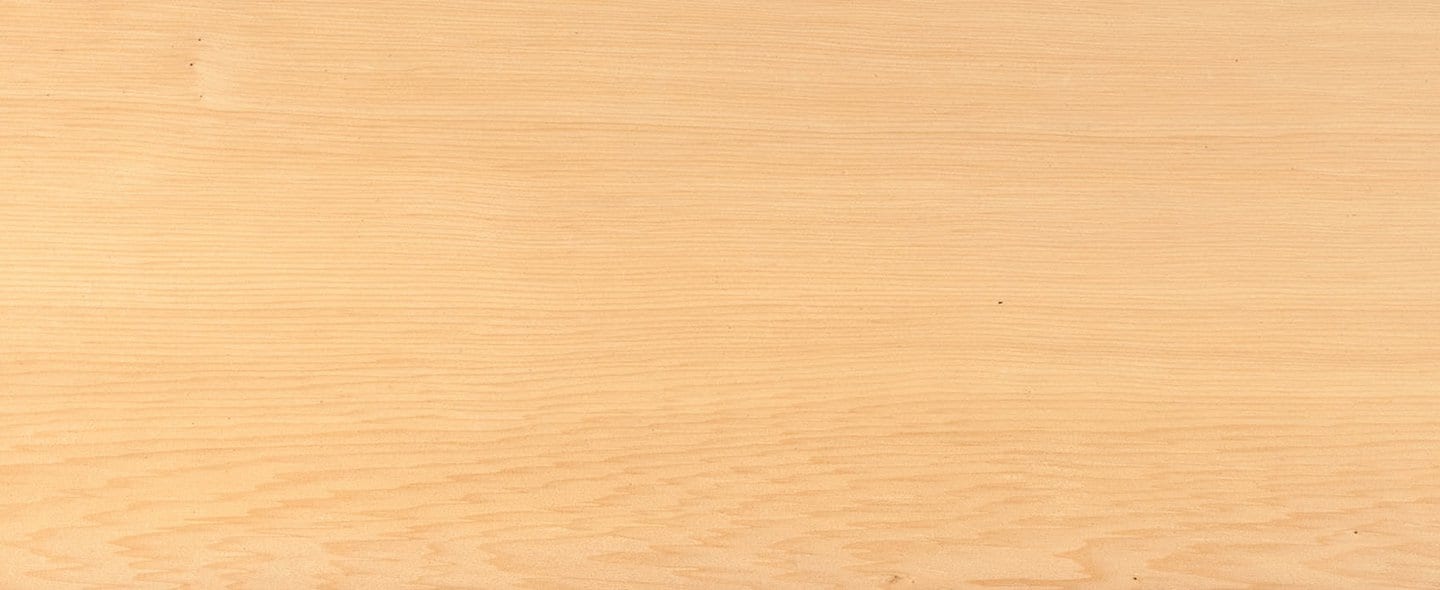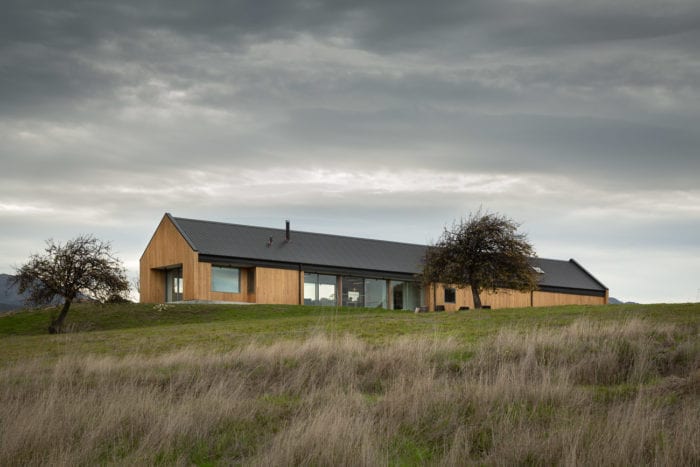Fiona Dunin: Crafting sustainable narratives through timber
In Fiona Dunin’s approach to design, timber plays a pivotal role as both a sustainable material and a medium for storytelling. As an interior designer, architect, and founding Director of Melbourne based FMD Architects, she views timber not just as a construction material but as a means to establish a profound connection between spaces and their surroundings. With an eye for detail, Fiona integrates timber into her projects to infuse warmth, movement, and narrative. Whether it’s Tasmanian Oak or Blackheart Sassafras, the choice of timber allows Fiona to craft spaces that resonate with a sense of place, inviting inhabitants to engage with their environment on a deeper level. From sculptural timber battens that evoke movement to functional elements like solid floorboards or veneer cabinetry, Fiona’s work demonstrates how timber can elevate a space from mere functionality to a rich tapestry of stories and experiences.
Fiona’s commitment to using local materials in her firm’s architectural projects underscores not only a dedication to supporting regional industries but also a conscious effort to reduce environmental impact. In an era where imported materials often tempt with promises of cost-effectiveness or availability, Fiona remains steadfast in her preference for local timber.
“It’s all about supporting local industry. We want to be supported as designers and architects, and we want to support all those people that help create our buildings as much as possible. The more local products we can use, the stronger the industry will be,” says Dunin.
A commitment to local and natural materials
Beyond the economic benefits of bolstering local industries, she emphasises the importance of accountability and trust in the sourcing process. By maintaining relationships with local suppliers, Fiona ensures transparency and integrity in the origin and quality of the materials used in her projects. This commitment speaks to a deeper ethos of sustainability and ethical design, where every choice is a deliberate step toward minimising environmental harm.
“To me, every tree is like a human being. They have their own character, they’re all unique. I think they all talk to each other and communicate in their own way and their own culture. So why not allow the uniqueness of every tree to be expressed, when we’re using it and, respect it,” says Dunin.
The allure of timber for Fiona lies not just in its aesthetic appeal but in its inherent connection to nature and sense of authenticity. Through meticulous research and hands-on sourcing, she seeks out timber with character and imperfections, valuing the uniqueness that each piece brings to a project. This preference for natural variation over uniformity reflects Fiona’s embrace of the organic beauty of timber and her belief in celebrating its inherent natural qualities.
“We love all the natural characteristics of timber. I don’t look for the most perfect piece. I’m looking for the most interesting piece of timber veneer or solid timbers and personally source those and select those to make sure we’re getting the perfect piece for our site. That’s really important. While other designers are perhaps looking for more consistency, I don’t mind inconsistency and variation because I think it’s natural,” says Dunin.
A connection to the natural world
By prioritising timber in her material selection process, Fiona not only champions local craftsmanship but also creates spaces imbued with warmth, texture, and a tangible link to the land. In doing so, she not only shapes built environments but also cultivates narratives that resonate with authenticity and reverence for the natural world.
“I’m really passionate about using timber, not from just from a sustainability perspective, but also from a sense of placemaking so that it really connects you to the place. Using Tasmanian timber allows us to create a relationship between the materials we’re using and the place we’re working on. And it has a warmth to it. We try and use all natural materials, all local materials, so it’s a perfect fit with our work. It’s something that is alive. It moves, it changes through the life of the building as well. It’s a beautiful material to work with,” says Fiona.
Fiona’s insights highlight the evolving relationship between architecture, design, and sustainability, particularly in the context of timber usage. Her emphasis on creating spaces that prioritise both aesthetic appeal and environmental responsibility underscores the growing importance of biophilic design principles in various sectors, from commercial offices to healthcare facilities.
By integrating timber elements into her designs, Fiona not only enhances the visual appeal of spaces but also cultivates a sense of warmth and connection to nature, fostering environments that promote wellbeing and creativity. This holistic approach to design, which considers the physical and emotional impact of materials, reflects a broader shift towards more sustainable and human-centric architecture.
By embracing innovative timber technologies and collaborating with experts in the field, architects like Fiona are at the forefront of driving positive change within the industry. Their willingness to experiment with new materials and techniques not only expands the possibilities for design but also contributes to the ongoing conversation surrounding sustainability and responsible construction practices. As the demand for environmentally conscious design continues to grow, architects and designers play a pivotal role in shaping a more sustainable future, one project at a time.













































